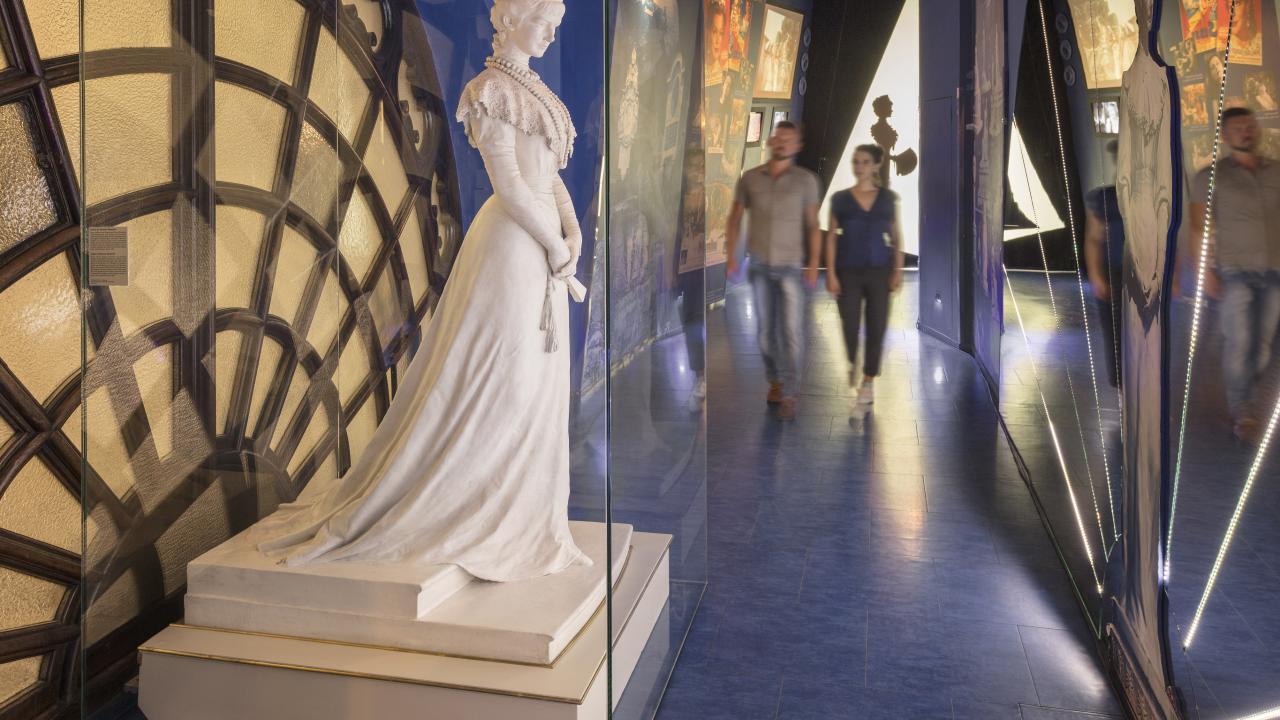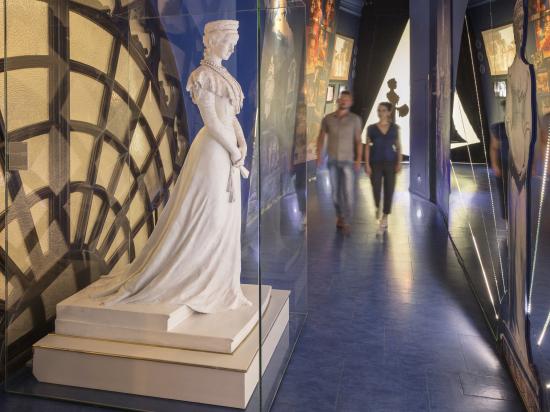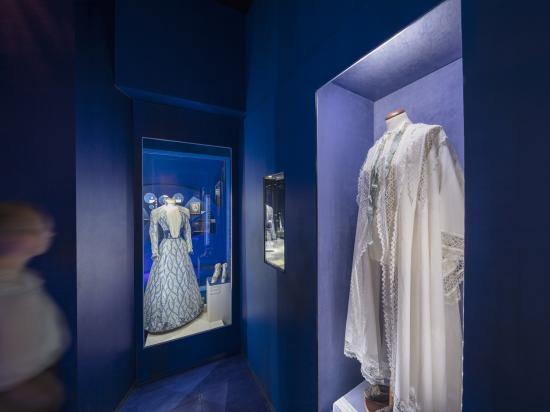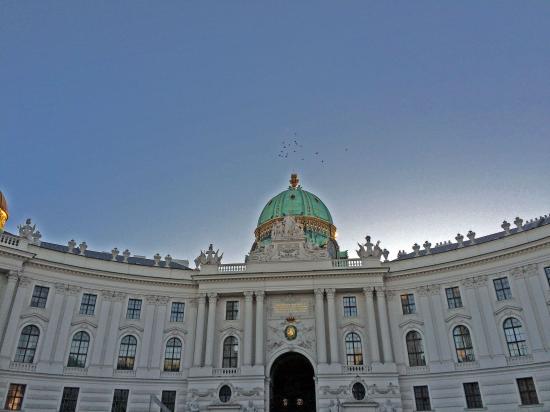Sisi Museum
Innerer Burghof
Hofburg
1010 Wien
Austria
Since 1994 the Sisi Museum has been housed in the Stephan apartments, so named after Archduke Stephan Viktor. Here numerous personal items that once belonged to Elisabeth are used to help illustrate the true personality of the frequently misunderstood Empress. The sensitively designed exhibits, created by renowned set designer Prof. Rolf Langenfass, are inspired by the monarch’s poetry and illustrate how the once light-hearted young girl, Sisi, became a restless, unapproachable and melancholic woman.
The more than 300 items on display in the museum include parasols, boxes and gloves which once belonged to the anthrophobic Elisabeth, along with her beauty recipes, her death mask and the actual file used in her assassination, which is usually kept securely under lock and key. Further items include a reconstruction of the evening dress worn by 16 year old Sisi in 1854 before she left her home in Munich, and a replica of a section of her imperial railway carriage.
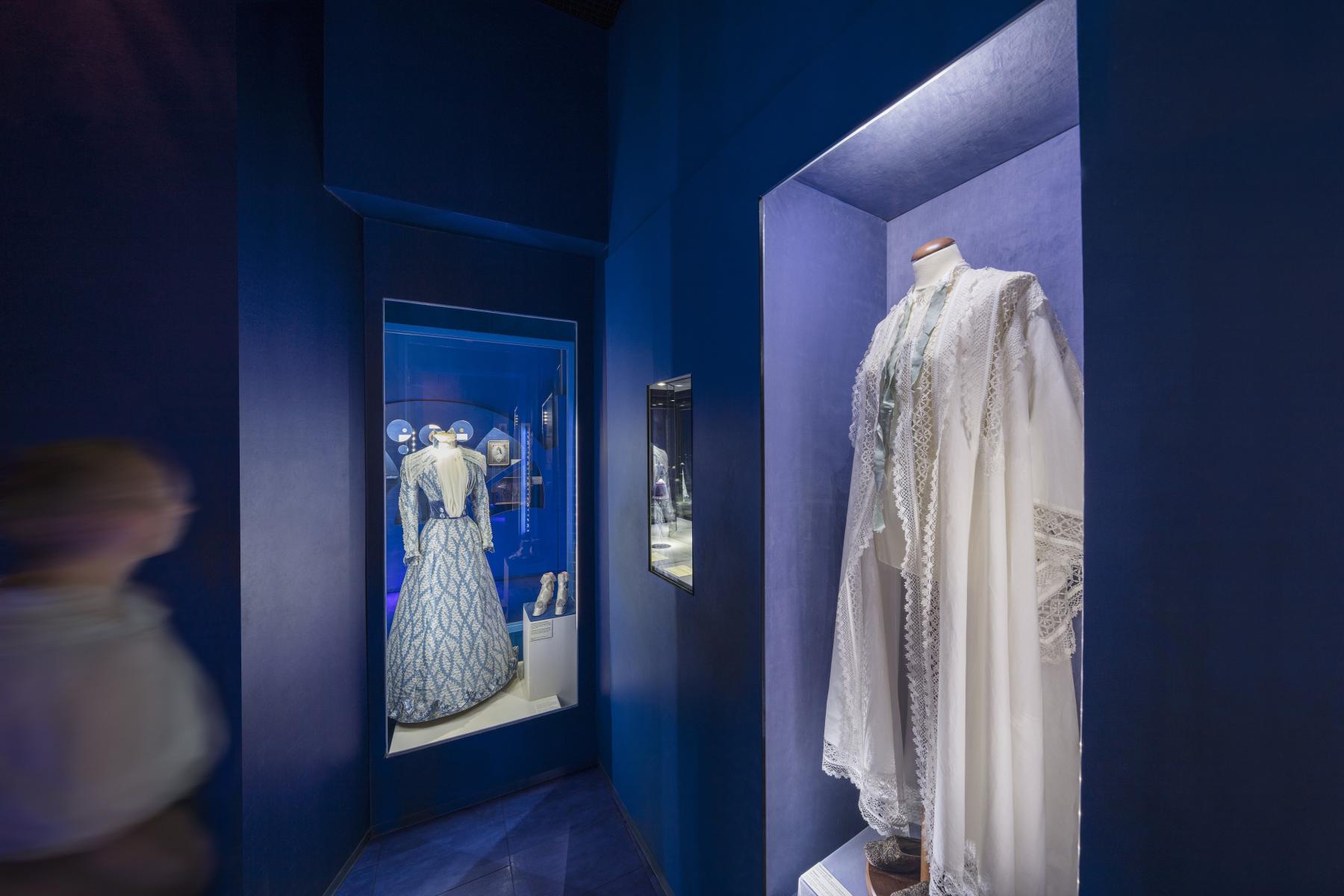
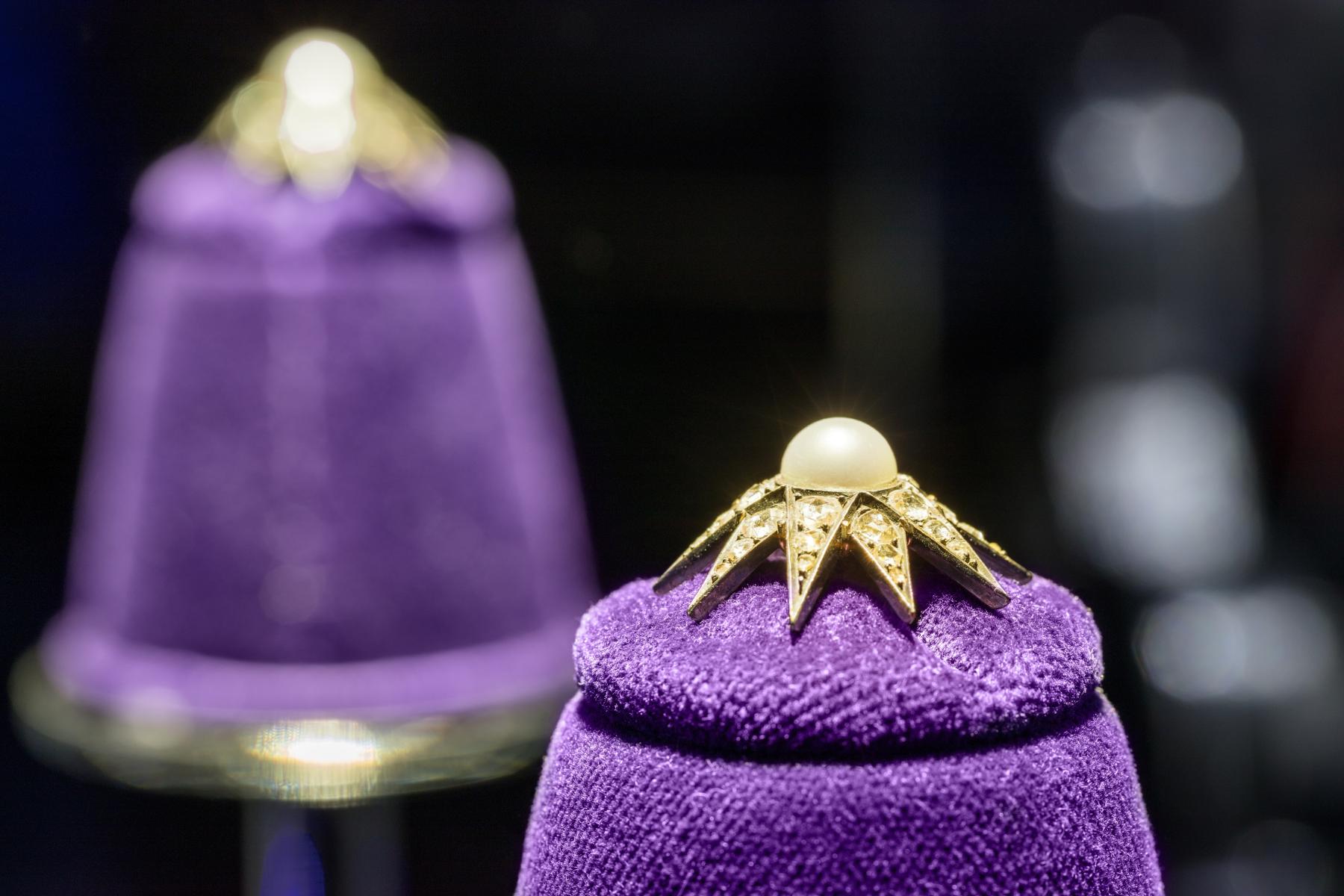

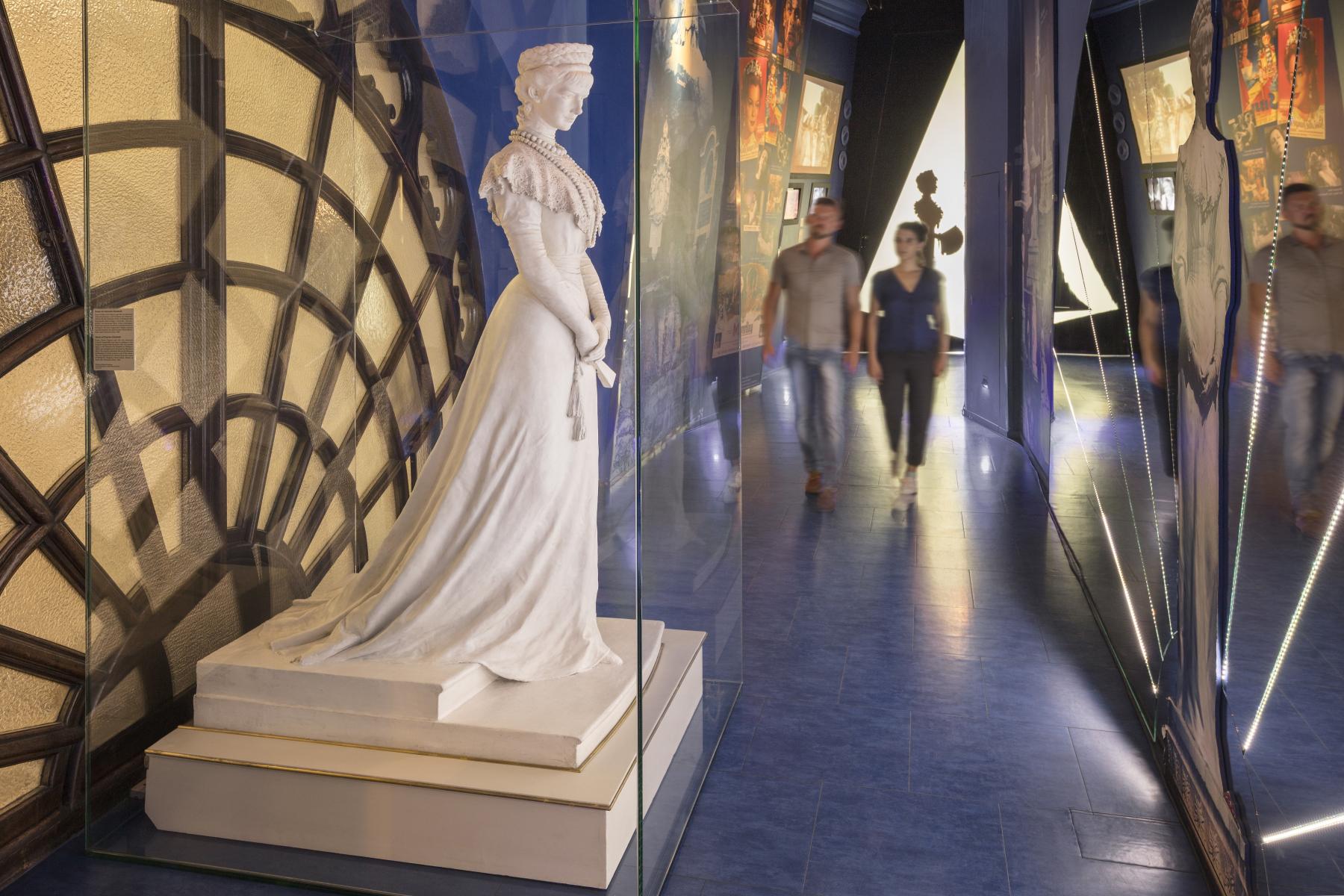
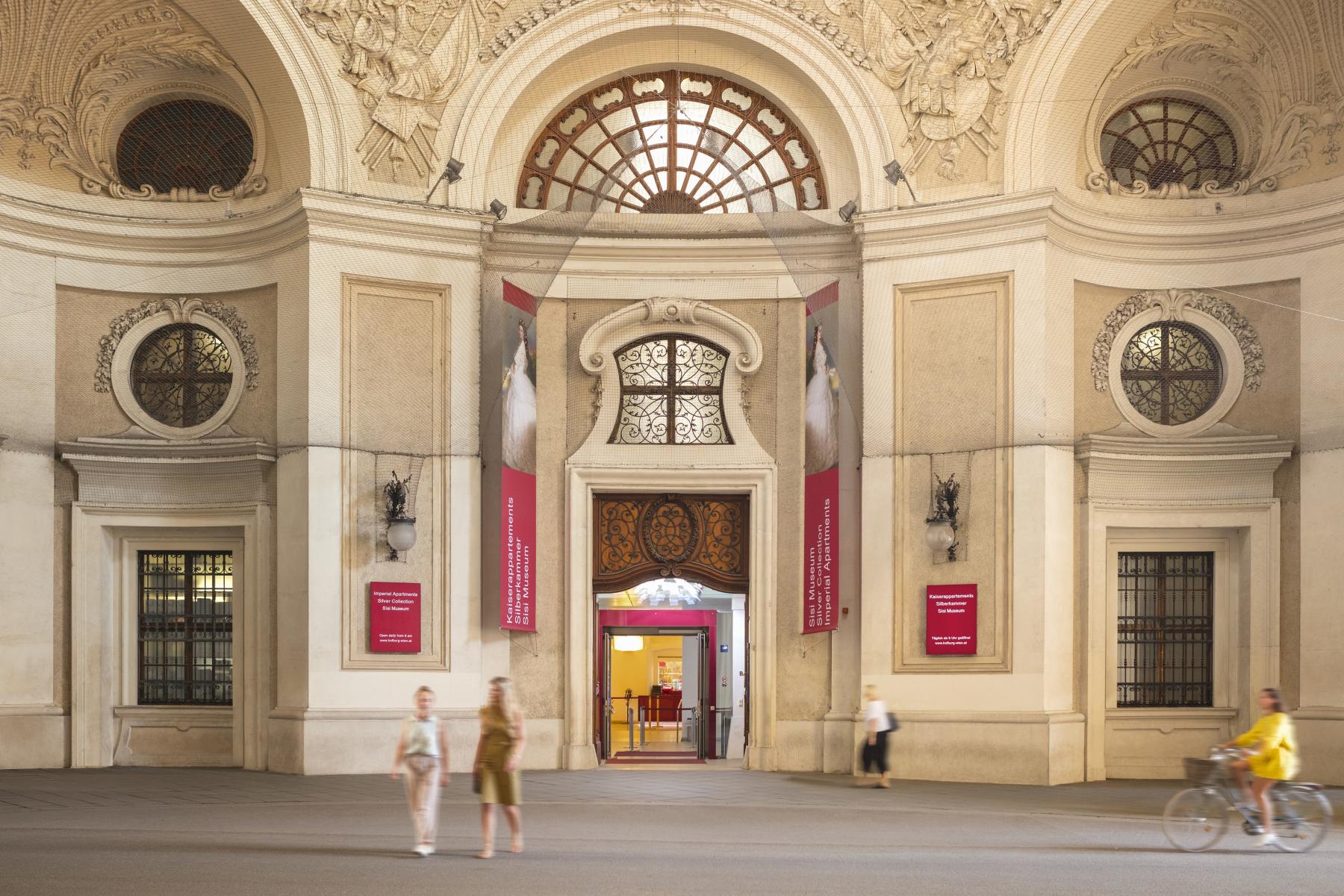
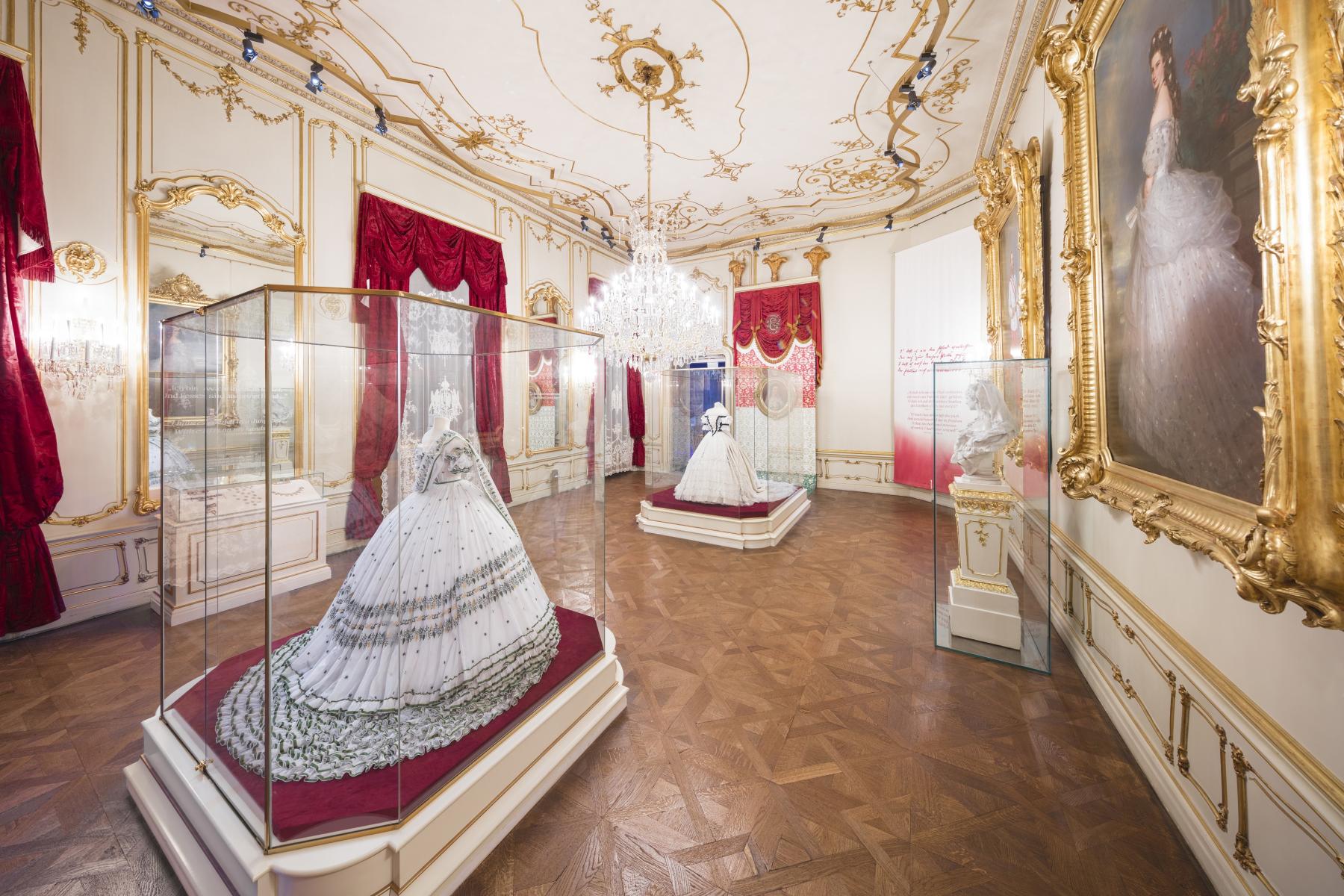
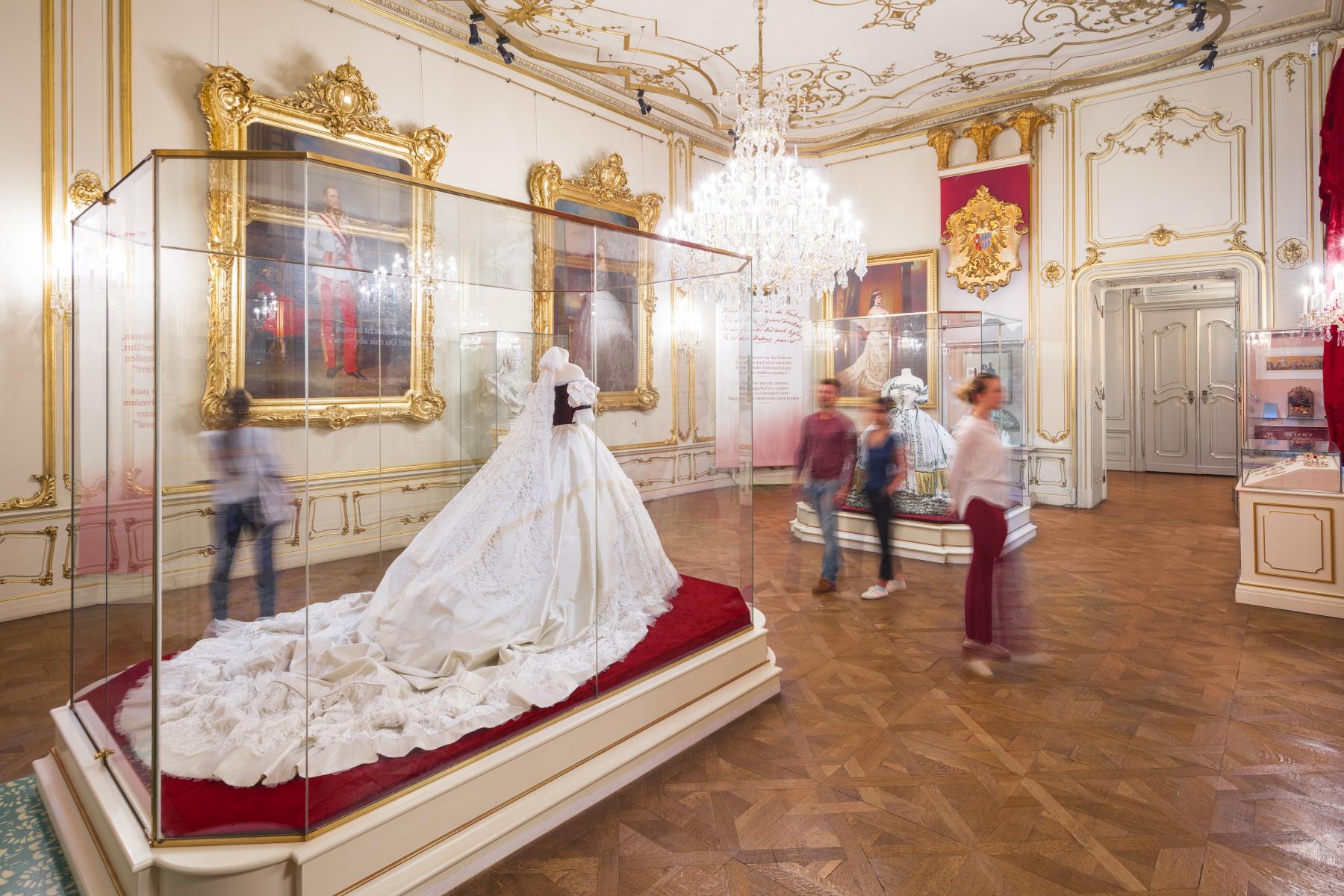
In 2006 the SKB bought the so-called Klauda Collection of approximately 240 items. Elisabeth’s travelling medical chest, her games case, a wash set and other items from the collection now feature in the exhibition. Other objects, such as her christening robes and milk tooth, are only displayed on special occasions.
In 2009, after 5 years in service and having welcomed over 3 million visitors, the Sisi Museum was closed for renovation and partial remodelling. The display was extended to include some spectacular exhibits, including the reconstructed Hungarian coronation dress, the black coat used to cover Elisabeth after the assassination, mourning jewellery and the young Sisi on her swing.
Source: Sisi Museum
